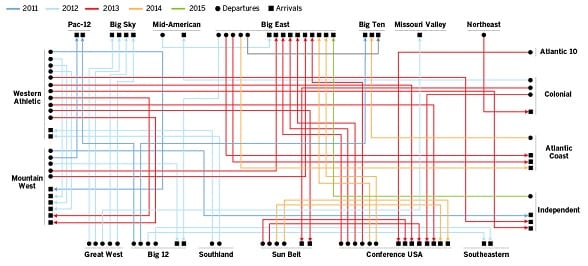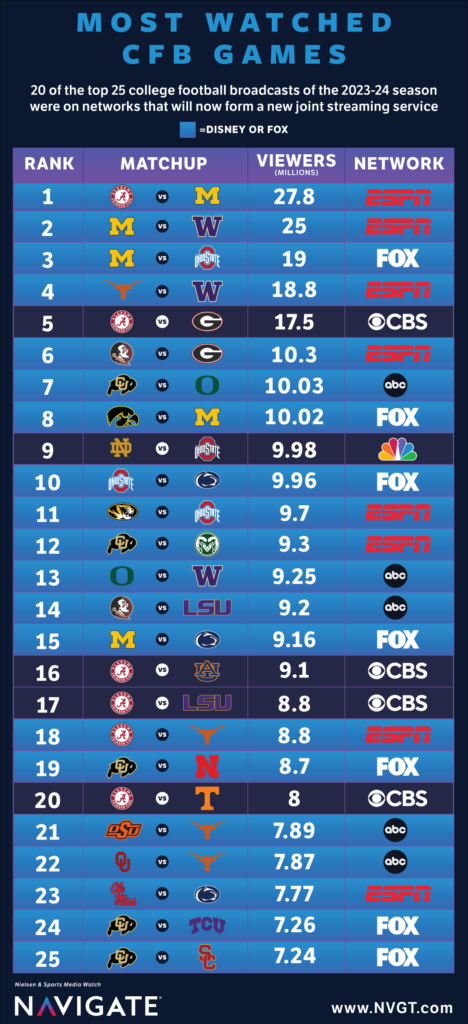
Why Do Conferences Expand?
Over the past five years, the NCAA athletics landscape has drastically shifted. Conferences have come and gone, schools have joined, left, and re-joined conferences. The Big 12 has ten schools as the Big 10 has 14 schools. It’s quite honestly hard to keep track of these days.
But, why does all this realignment happen? It would be nice to say that the student-athletes and their concerns are the main force driving the winds of change, but we all know that is not true. Sure, the student-athletes will reap some of the reward in additional benefits attained through higher television revenue other enhanced revenue streams.
However, the vast majority of the change has been and will continue to be driven by financial gains. With a new wave of realignment poised to take place, what are some of the key areas that conferences look for in a school to consider that institution as a candidate for expansion? Let’s take a look at a basic process for building the case for a university as a candidate for expansion into a major conference:
1. University Size – More students equal more dollars, more alumni, and an overall larger fan base. Schools with large student populations are naturally attractive because they produce more alumni, which then become fans and ultimately consumers.
2. APR and Academic Success Measures – Conferences are still set in place to help manage institutions of higher learning, and keeping successful academics is certainly a part of that mission. Schools that can enhance the overall academic profile of a conference have an advantage.
3. Television DMA Size – This is a major factor. Many contend it was the driving force behind Rutgers or Maryland to the Big 10. Just because a school may not have a strong following in a particular city does not mean that its location cannot be lucrative to a conference. It is more about the market’s reach and the potential subscription fees that can be charged.
4. Alumni Presence – Conferences want to see an active alumni base, both in athletics and the university. Alumni are key for season tickets, donations, and more.
5. Recruiting – Many conferences sees schools as a favorable place to expand because of recruiting access. Think about USF going to the BIG EAST over a decade ago. That now seems to purely have been a recruiting play with the BIG EAST attempting to gain a footprint in Florida, a high school football recruiting stronghold.
While these metrics are surely not the only metrics that conferences look at when considering expansion, they are certainly a few of the most important.






